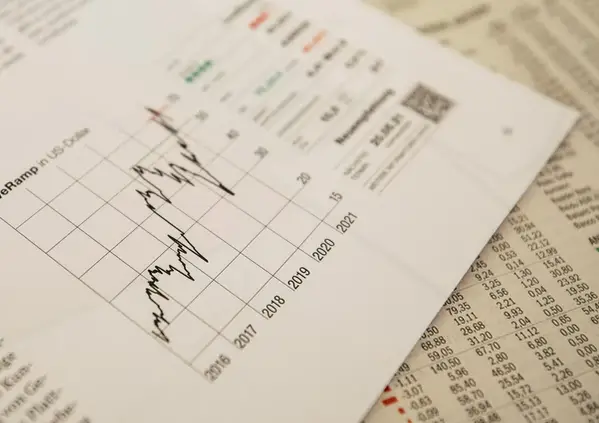Three major inflation reports are set to come out this week which could make or break any market rally. The three latest gauges of how inflation is affecting prices will be released in the coming days – the PPI, the CPI, and unit labor costs.
These reports are expected to profoundly affect how the Federal Reserve will proceed with their monetary policy, and will be closely scrutinized by investors after Friday’s employment report suggested the Fed may decide to hike more aggressively to bring employment and price increases into line.
The economy added 528,000 jobs in July according to the jobs report, which was more than twice as high as economists had predicted given current fears over a recession, and the Fed’s aggressive policy moves. Even more impressive, the move brought the job market into line with its pre-pandemic norm.
Investors though will be sure to conclude the Federal Reserve will decide to continue hiking rates, to put the brakes on the economy and bring inflation back towards its targeted rate.
As investors took in the report, stocks ended up mixed Friday, with the Nasdaq falling 0.5% and the S&P 500 down 0.2%, as the Dow ticked up 0.2%.
Economists at Bank of America said the report was “a double-edged sword,” as it meant a recession was less likely now, but the Fed was more likely to act aggressively and produce a hard landing later.
Renaissance Macro Research Head of U.S. Economics Neil Dutta wrote, “The July employment report was an absolute knock-out, a major upside surprise relative to my expectations and indeed much of the labor market data released up to this point. Talk of recession and a monetary policy pivot is premature… this jobs report is consistent with an inflationary boom. The Fed has a lot more work to do and in an odd way, that the Fed needs to get more aggressive in pushing up rates, makes the hard-landing scenario more likely.”
The Fed has focused on the labor market’s unusual tightness, as the imbalance between job positions and available workers created upward pressures on wages and drove inflationary forces.
The labor force participation dropped marginally last month, drifting down to 62.1% from 62.2% in June. Average hourly earnings rose 0.5% for the month, beating June’s upwardly revised monthly wage gains of 0.4%. Earnings overall were up annually 5.2%, roughly equivalent to June’s yearly increase.
Pantheon Macroeconomics Chief Economist Ian Shepherdson noted that labor force participation has stalled, and the rate for men had fallen markedly for unclear reasons.
Shepherdson wrote in a note, “At the same time, labor demand has softened but it is still strong, allowing wage gains to develop renewed traction. This, in turn, means that we will have to lift our forecast for the wage-sensitive components of the core CPI and PCE.”
Predictions for the headline consumer price index for July expect a slight moderation when it is released Wednesday, due in part to lower gas prices. It is still expected that it will show inflation rising at the highest pace in 40 years.
Bank of America stated in a note, “Falling gas prices should bring some relief to July CPI inflation, though we expect core price pressures to remain firm.”
According to a survey of economists by Bloomberg, in July, the broadest measure of CPI rose by 8.7%, a slight downward tic from June’s 9.1%. The month over month measure is expected to rise 0.2%, up from 1.3% the previous month.
Core CPI, excluding food and energy, is believed to have risen to 6.2% annually, compared to 5.9% during the prior month.
Looking at the wholesale level, the producer price index, or PPI, measuring at the changes in prices paid to producers of goods and services, is expected to have cooled slightly. Economists predict that on a monthly basis July’s PPI rose 0.3%, a drop from the previous month’s 1.1%. The yearly is expected to come in at 10.4%, versus 11.3% the previous month.
Elsewhere in inflation reports, unit labor costs, or the sum of all employee’s wages paid, and the University of Michigan’s inflations expectations survey will be catching the attention of investors.
Although earnings season is winding down, a few notable reports remain to be released, including Disney, (DIS), Coinbase (COIN), Tyson Foods (TSN), and Rivian Automotive (RIVN).

